What Are the Signs of Separation Anxiety in Dogs and How Can I Help My Dog Cope With It?

Hey, fellow dog parent, if you’re like me, you want the absolute best for your four-legged friend–including peace of mind. Unfortunately, separation anxiety in dogs is a common issue that can cause enough stress and fear to disrupt our furry friends’ lives if not addressed properly. As such, you may want to know the signs of separation anxiety in dogs and how to help them cope.
The most prevalent signs of separation anxiety in dogs include howling, destructive behaviour, excessive barking, and whining. Aromatherapy and exercise are the best way to help your dog cope with separation anxiety. These tactics help break the cycle of fear and boredom in dogs.
In the rest of this article, I’ll discuss the signs of separation anxiety in dogs. I’ll also discuss how you can help your dog cope with separation anxiety to improve its life quality. Let’s dive in!
The Prevalence of Separation Anxiety in Dogs
According to the National Library of Medicine, separation anxiety affects 20 per cent of the dog population. These dogs often display signs of separation anxiety when left alone for a prolonged period.
According to Dr. Agapis, the director of the Shelter Medicine Program at the University of Illinois College of Veterinary medicine, separation anxiety is more profound in younger dogs. She says,
"In dogs, the onset of separation anxiety most commonly appears before 2 years of age. Occurrence is less frequent as dogs get older, until they reach their senior years when age-related changes make them feel more vulnerable.”
Therefore, the age between six months and two years is the most commonly affected.
Signs of Separation Anxiety in Dogs
The following are the main signs of separation anxiety in dogs:
Destructive Behaviour

Destructive behaviour refers to harmful actions to the dog and household.
Most dogs with separation anxiety display destructive behaviour.
Why is this so?
To understand this, we must examine the root cause of separation anxiety in our canine friends.
The leading cause of separation anxiety in dogs is being abandoned.
When you abandon a dog that isn't used to being alone, it becomes stressed and anxious. Consequently, it resorts to destructive behaviour to attract your attention.
Needless to say, a dog may also display destructive behaviour when seeking reinforcement for its survival instinct, such as eating or playing with objects.
Excessive Barking and Whining
Barking and whining are common signs of separation anxiety in dogs.
When left alone for a prolonged period, the dog may bark or whine excessively to let you know it is feeling anxious.
It's not necessarily that when your dog barks, it's suffering from separation anxiety.
Barking due to separation anxiety is unique in that, despite being persistent, it doesn't seem to be triggered by anything in particular. You may notice it as a routine every time you leave the house.
Excessive Howling
Do you know the difference between a dog's bark and howl?
Howling in dogs is a drawn-out, loud, mournful cry like a wolf's.
On the other hand, a bark is a brief and explosive sound that's usually used as a warning or to communicate excitement.
When left alone for long, dogs with separation anxiety may howl excessively. This is a way of expressing distress due to feeling lonely and scared when no one is around.
Too Much Excitement Upon Your Return
You'll agree that it's normal for dogs to get excited when you come home.
However, your dog may be suffering from separation anxiety if it expresses too much excitement to the point of being uncontrollable.
In such cases, you'll find that the dog is overly clingy and needy. It will also jump on you and give lots of kisses while expressing emotions through barking, whining, and howling.
Such excitement is the dog's way of expressing happiness at being reunited with the pack after a long isolation period.
Digging and Chewing on Things

You may notice the dog chewing excessively on door and window frames. It may also attempt to dig through the walls and carpets.
Digging and chewing habits in dogs usually indicate that the dog is feeling anxious about being left alone.
It may also refer to a desire for attention, comfort, or affection from its owners when they are present.
Usually, such activities give the dog a sense of security and temporary relief from anxiety.
Escape Attempts
Escape attempts usually involve the dog trying to bust through walls and jump out of windows.
This could result from extreme fear or an attempt to find its owners.
In some cases, the dog may even try to escape their kennels or crates to reunite with you sooner.
Escape attempts due to separation anxiety can lead to severe injuries like broken bones and fractures.
What's more?
The dog may try to escape even when you're around as a way of expressing its need for companionship.
Excessive Drooling or Salivating
Did you know that dogs can drool or salivate excessively due to extreme anxiety?
Dogs can drool or salivate when exposed to a stressful environment that makes them anxious.
This shows anticipation of something exciting, such as reuniting with their owners after hours.
Excessive drooling and salivating may be indicative of separation anxiety.
Expert Advice: Dogs suffering from separation anxiety usually display similar signs in a repeated pattern. Therefore, an excellent way to tell if your dog has separation anxiety is by keeping a pattern of how long it takes for the behaviour to start. For instance, if your pet starts displaying anxious behaviour within two minutes after leaving the house, then there is a chance that it has separation anxiety.
How to Help a Dog Cope With Separation Anxiety
After confirming that your fur baby has separation anxiety, the first step is to visit a vet and ensure there are no underlying medical conditions causing the anxiety.
Once you've ruled out any medical conditions, you can proceed to help your dog cope with separation anxiety in the following ways:
Minimise Disturbances
When left alone, some dogs may start barking at the sight and sound of passers-by.
To minimise this, keep windows closed or use white noise to mimic the bustle of the environment. This will help keep your pet distracted by blocking external noises.
Create a Calm Environment
The environment where you leave your pet can significantly influence their anxiety levels. For example, some dogs may feel more at ease in a crate than in the open.
Ensure you leave your pet in a safe and secure environment. Such environments include:
- Their favourite spot in the house
- A comfortable crate
- A quiet room
Aromatherapy
Aromatherapy is a great way to help your pup cope with separation anxiety.
Essential oils like cedarwood, lavender, vetiver, ylang-ylang flower, and chamomile produces neonatal pheromones that remind dogs of their mother's scent.
You can use these essential oils in diffusers, sprays, or topical applications to help your dog relax and feel safe.
Alternatively, you can add the oils to the dog's bedding.
That said, you should consult a vet before using any oils, as some can be toxic to your pet.
Exercise and Positive Reinforcement
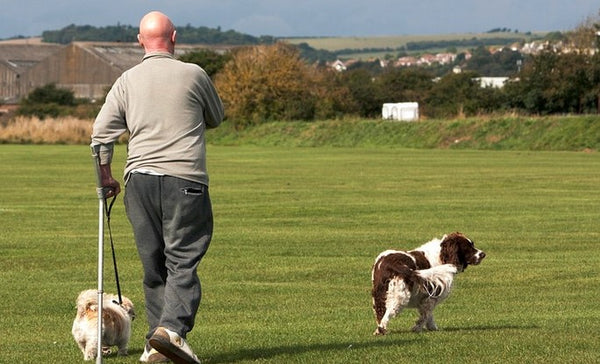
It's essential to exercise your pup regularly to burn off energy and keep them calm when you're away.
You can also reward your pet with treats, toys, and praises whenever they display desirable behaviour when left alone. This will help them associate being alone with positive experiences, reducing their anxiety.
Treatment
Finally, you can also employ treatments to help your furry friend cope with separation anxiety. The table below shows some applicable treatments:
|
Treatment |
Benefits |
|
Clomipramine |
It improves separation-related behaviours |
|
Fluoxetine |
Decreases anxious behaviour like pacing, whining, and scratching |
|
Dog-appeasing pheromone |
Reduces problematic behaviours |
|
Counterconditioning |
Enhances systematic desensitisation efficacy |
Table 1: Treatments for separation anxiety in dogs
Final Thoughts
Although separation anxiety in dogs is common, you can help your pup cope with it through the right care and attention.
From proper exercise to aromatherapy and positive reinforcement, there are many ways to ease a pet's anxiety caused by separation.
As a parting shot, it's advisable to consult a vet if you suspect your dog has separation anxiety. The vet will provide an accurate assessment and recommend the best treatment.
Disclaimer: Always consult your veterinarian before attempting any treatment for dog separation anxiety. This article provides general information and should not be considered a substitute for professional veterinary advice, diagnosis, or treatment.

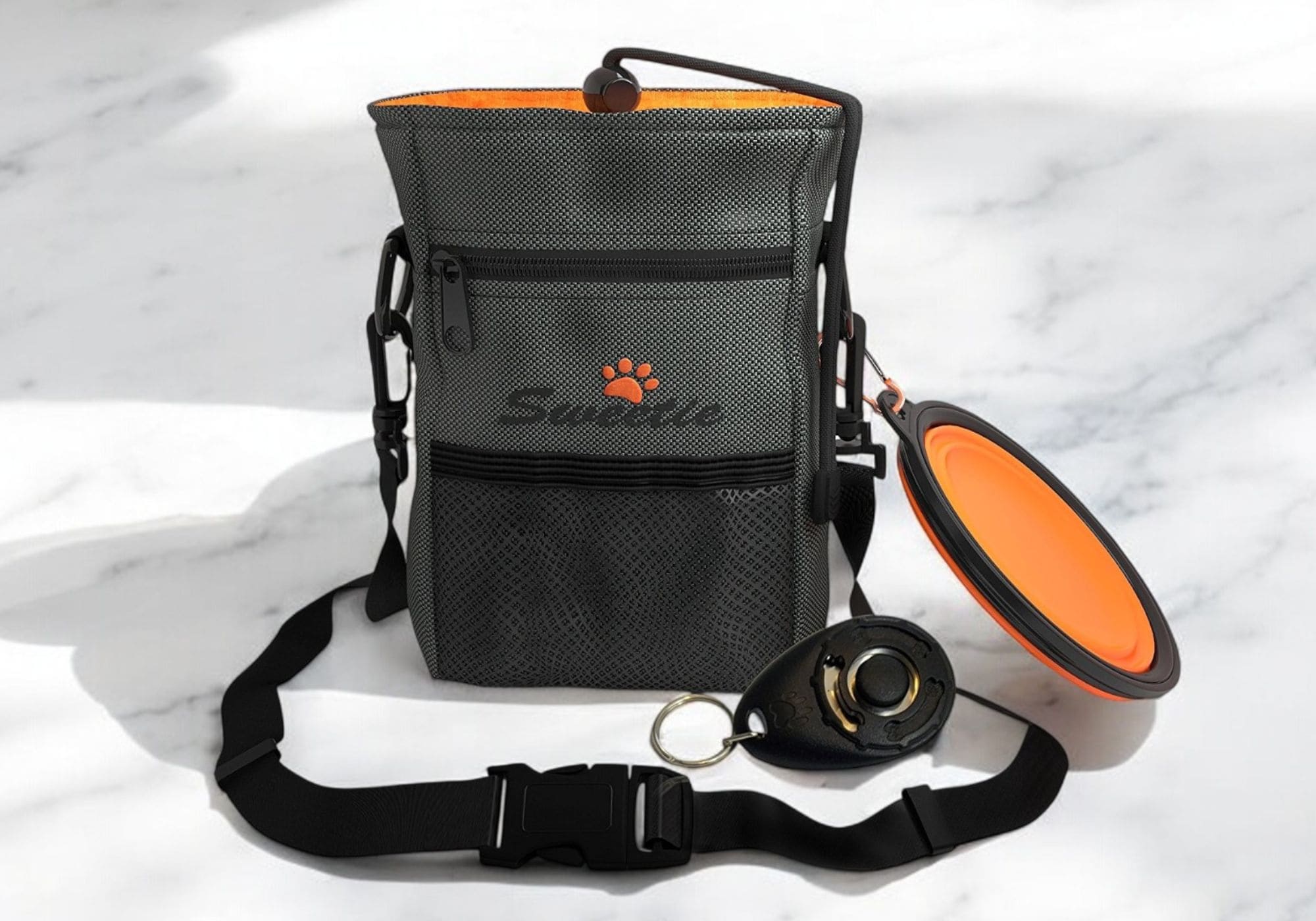
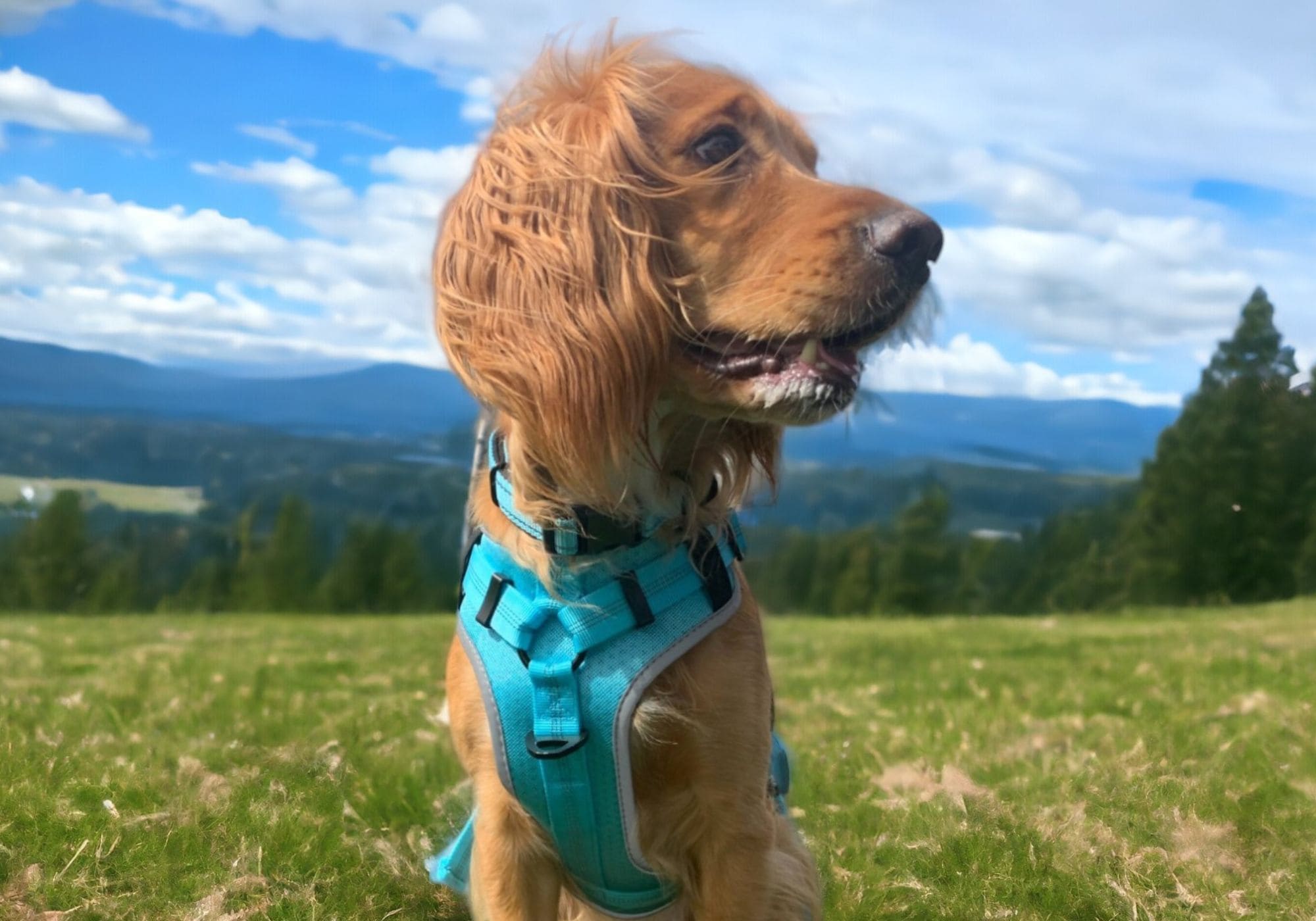
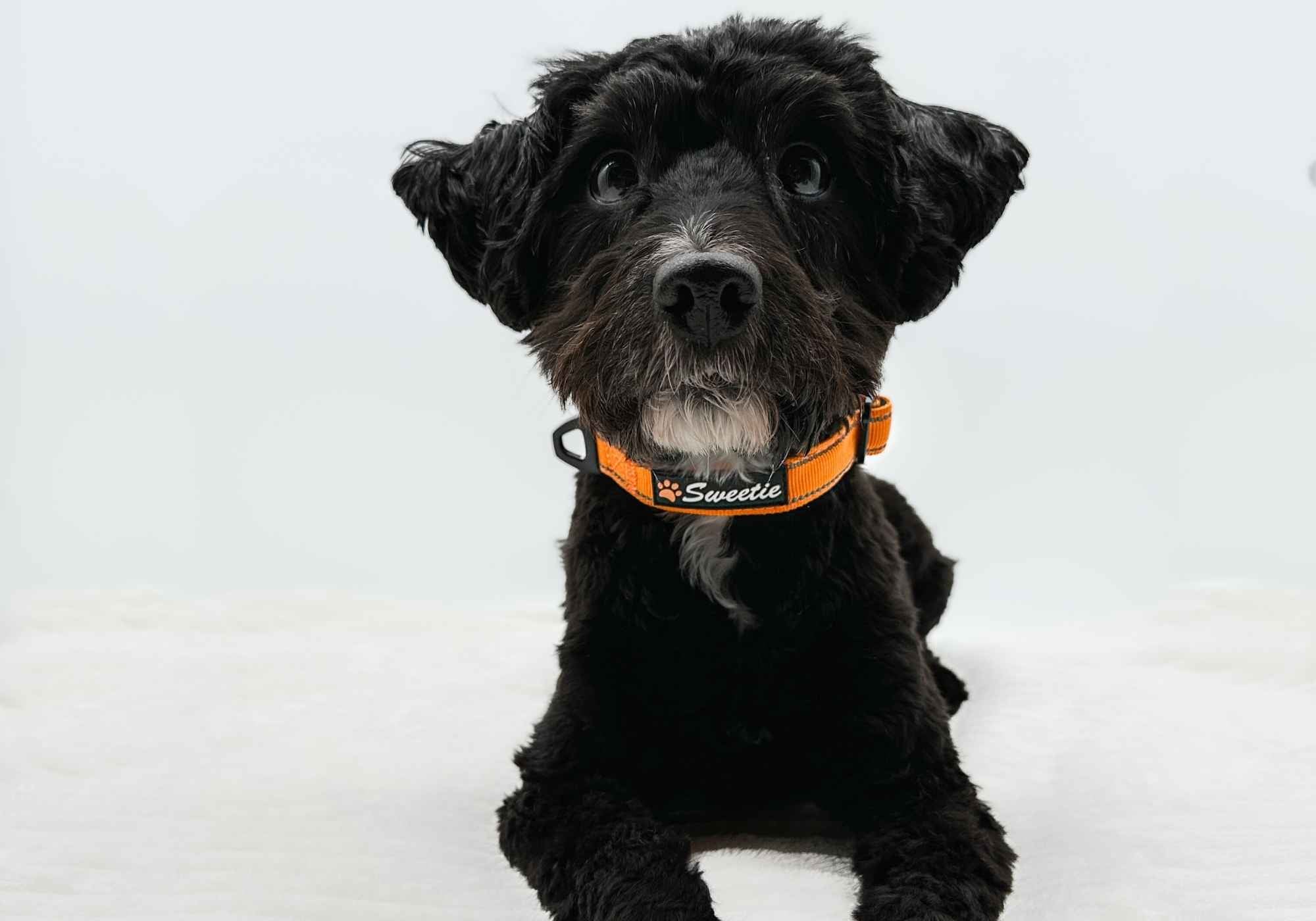
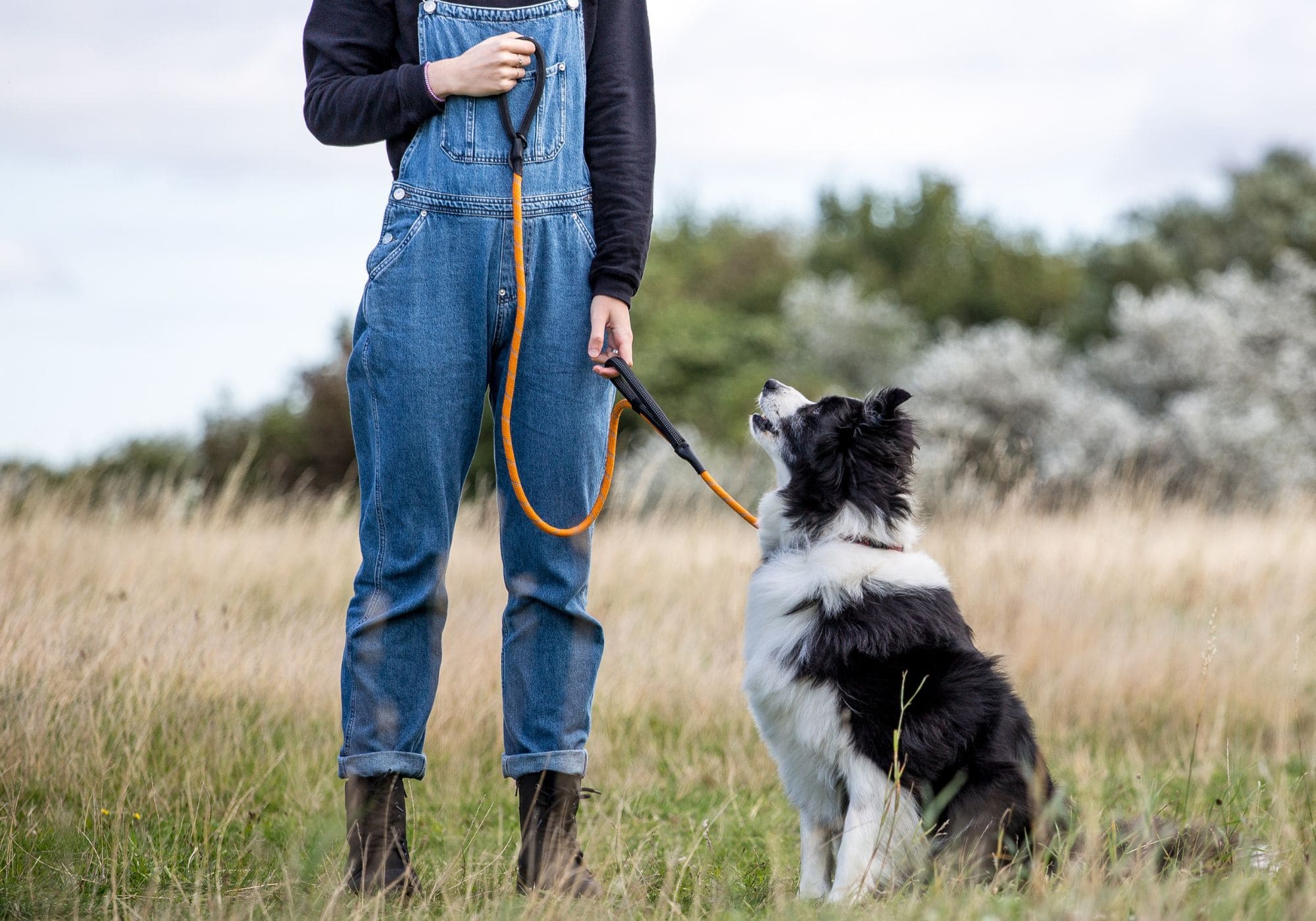
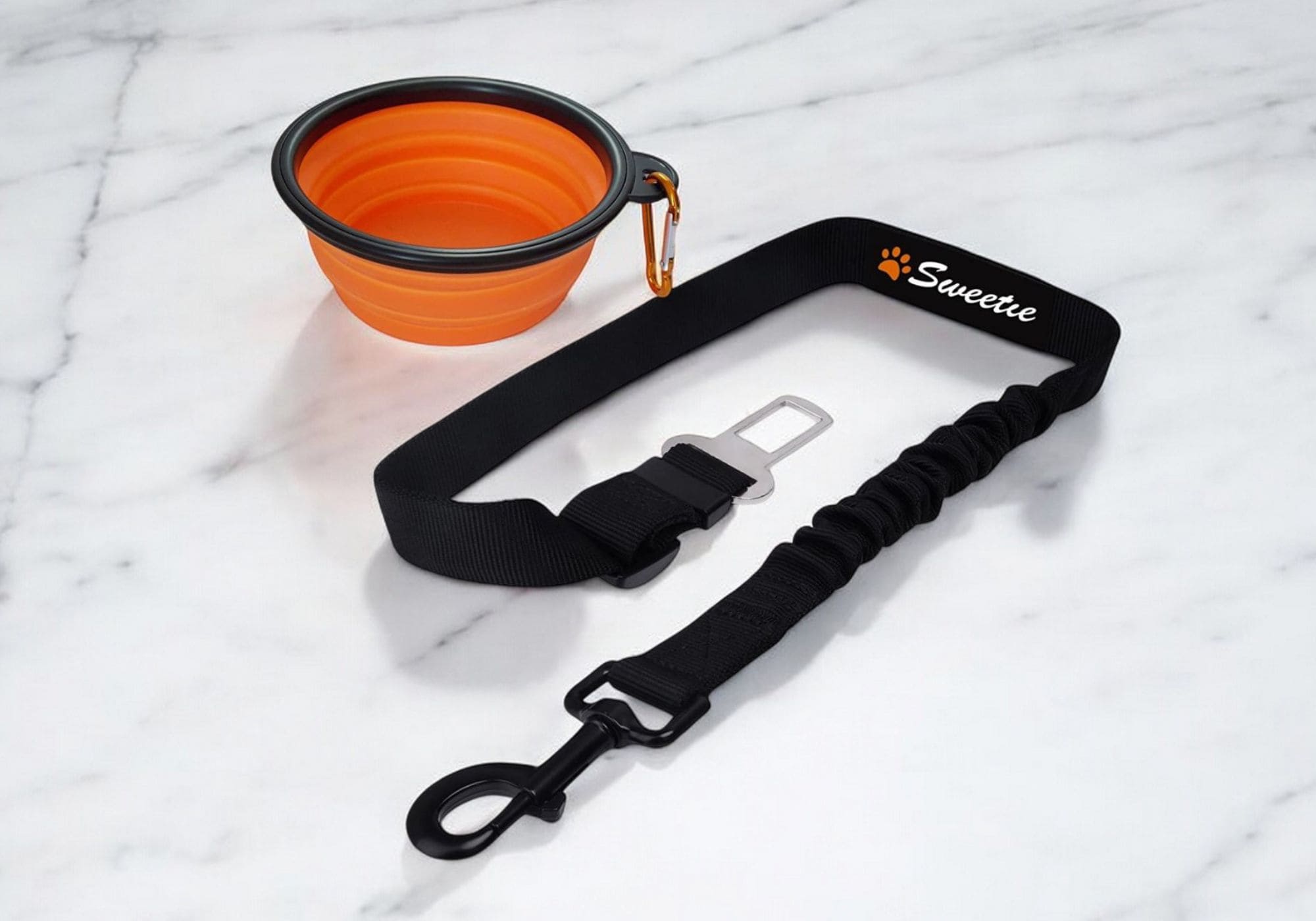
Leave a comment